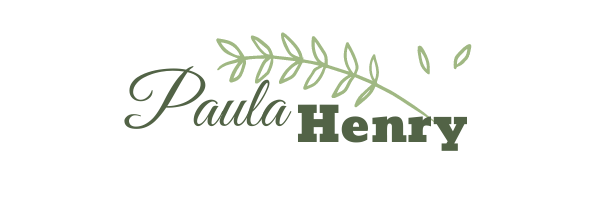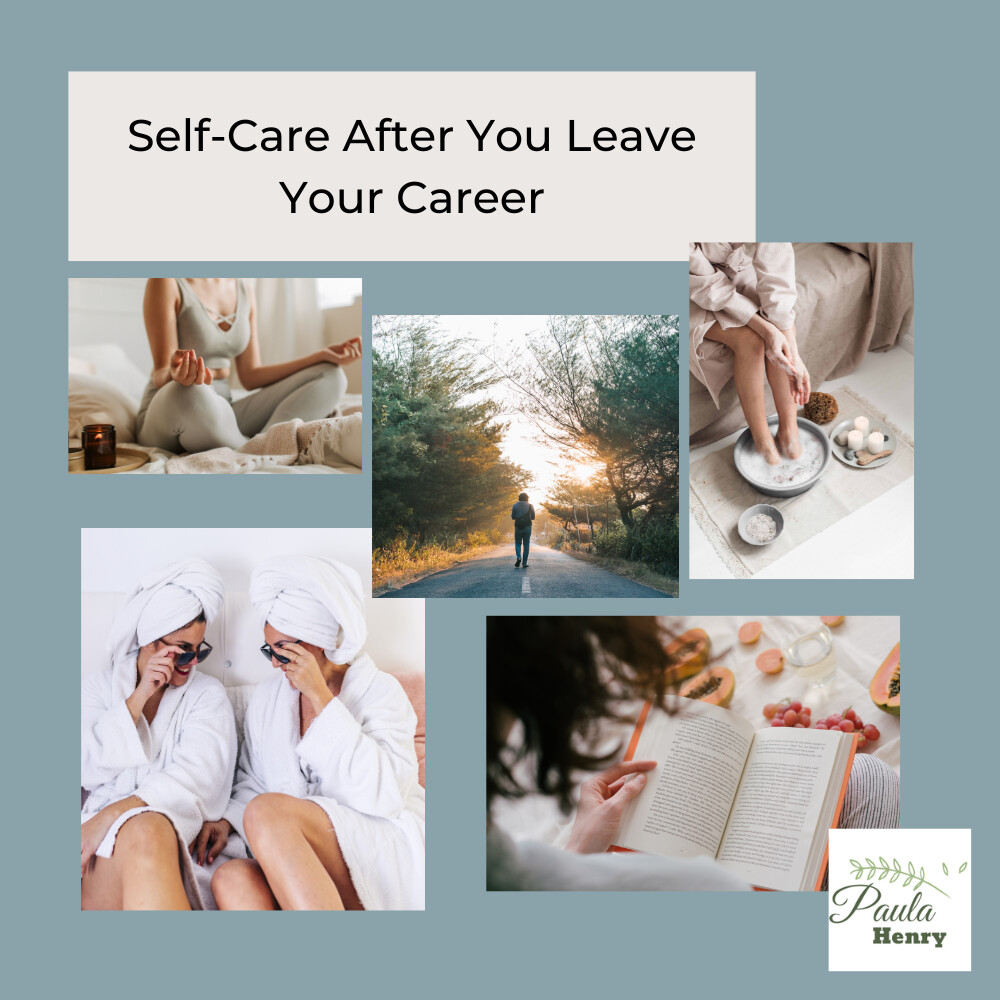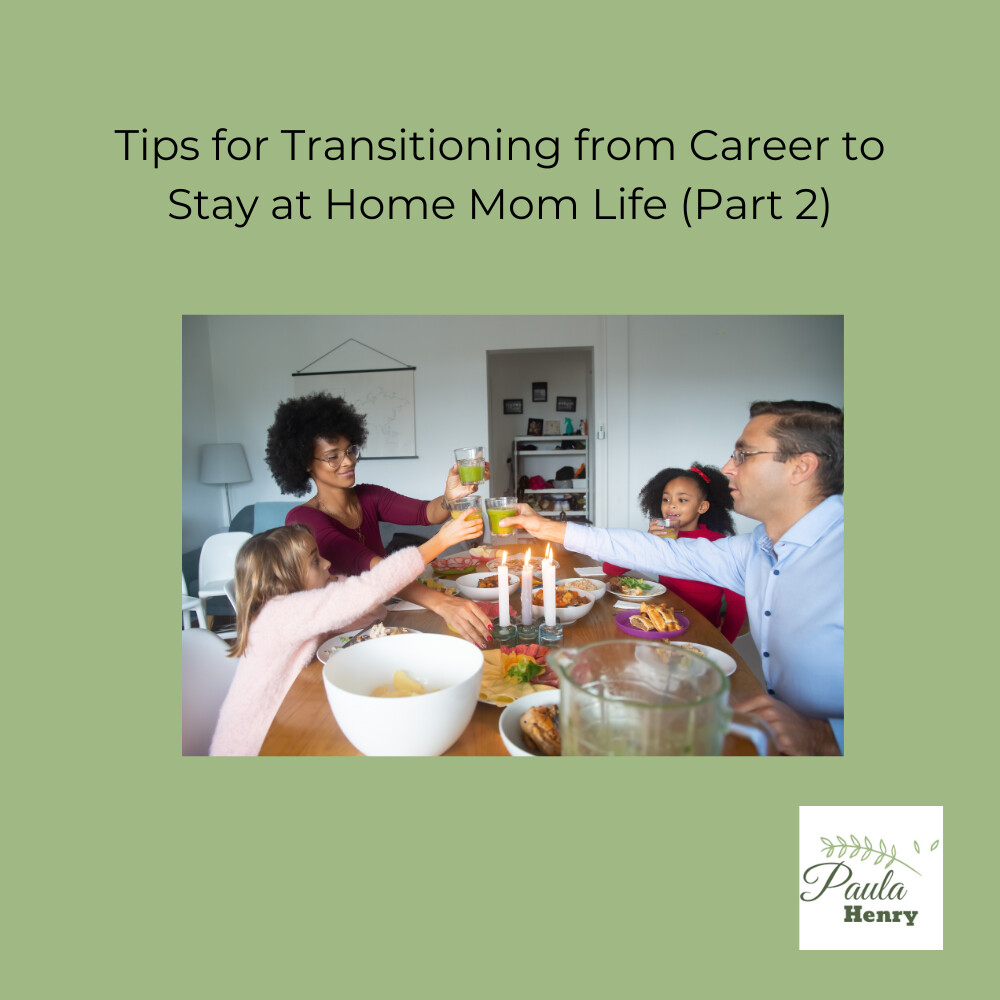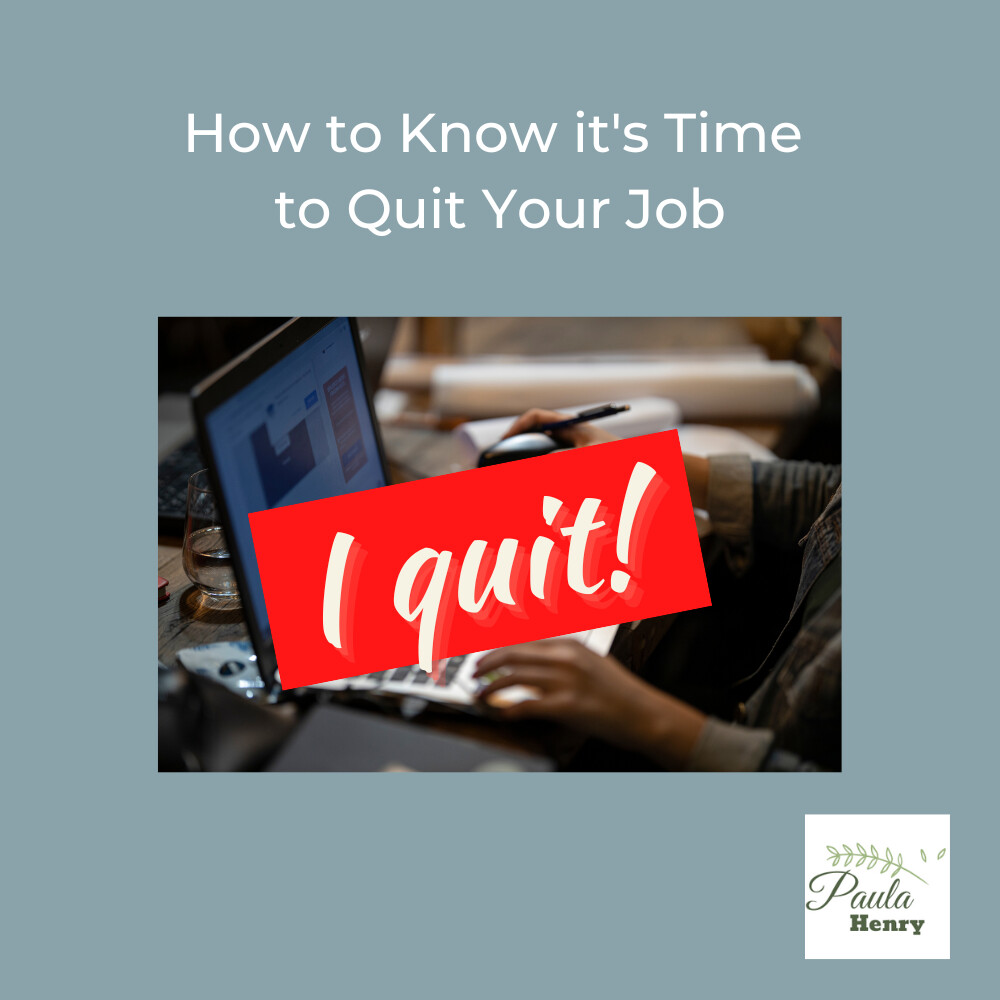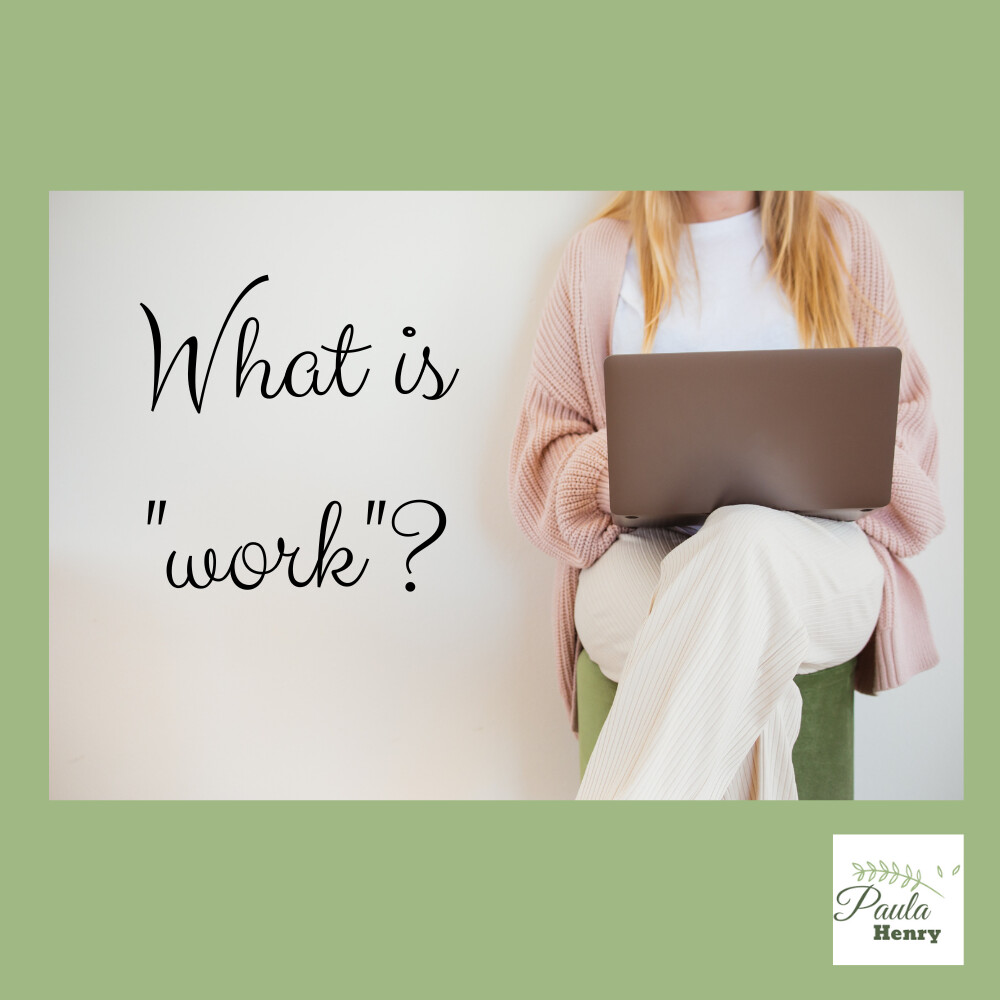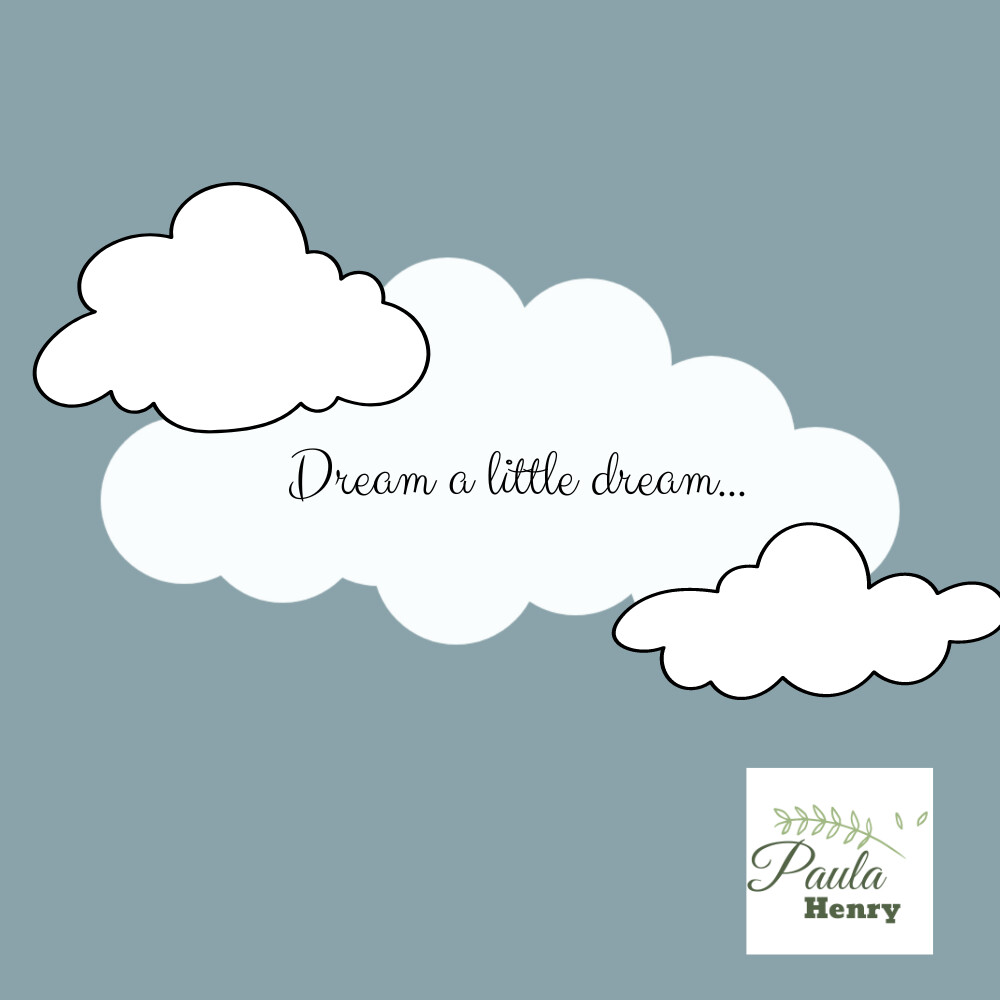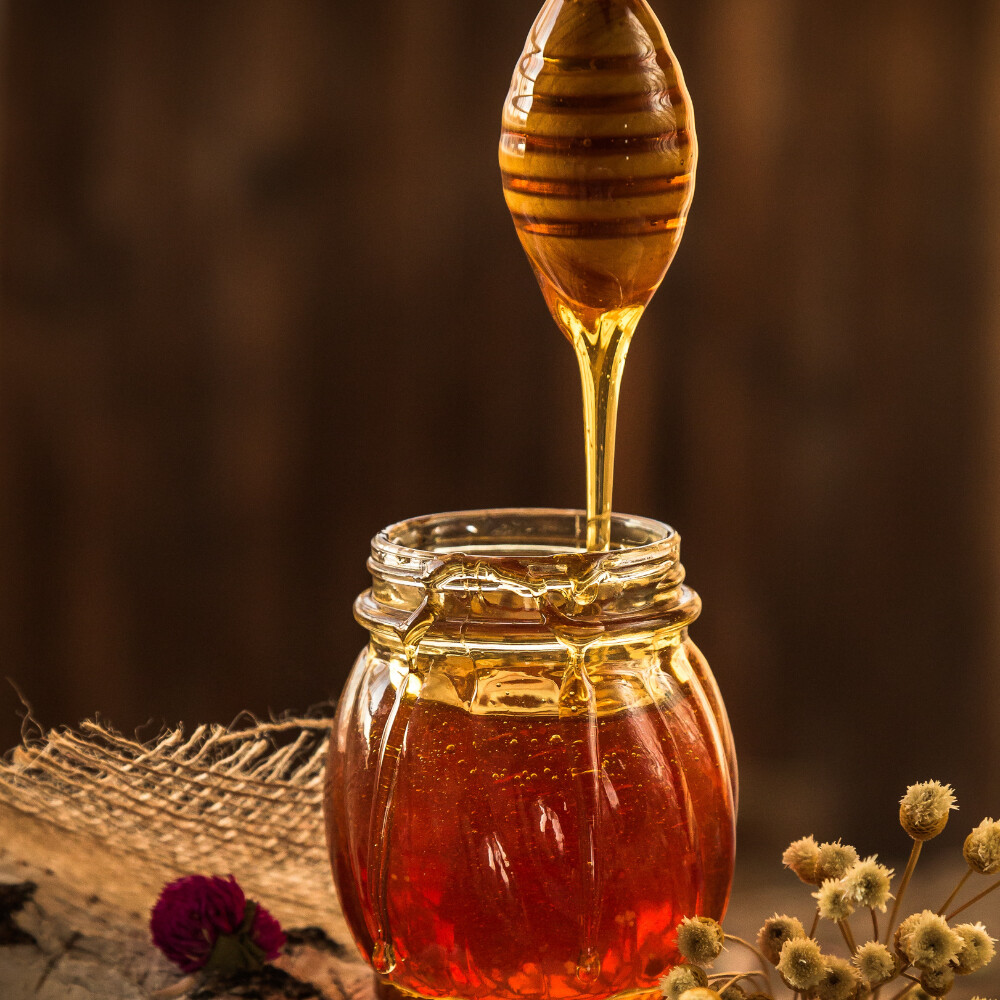
I have been fascinated by bees and honey for years. When I lived in Tennessee, I met a man who was from Poland. He told me that my maiden name meant shepherd or beekeeper. I took that as a sign to someday pursue working with bees.
I had the opportunity to attend a one-day workshop on beekeeping a couple of weeks ago and I was fascinated from beginning to end. At the end, I wanted more, so I asked where I could learn more and the presenters pointed me to their website and their 6 week class beginning in February. I’m already registered.
One of the things I learned at the workshop was that honey is one of the most adulterated foods on the market. The majority of honey on the market is not actually honey. I was puzzled by this statement. I had a vague recollection about hearing that commercial honey manufacturers were stripping pollen from honey and thought that was what they were talking about, but no. What they were referring to is that much of the honey available for purchase in retail stores, you know, that substance contained in those cute little bear-shaped bottles, is not 100% honey. It is often colored corn syrup. I was stunned.
I went home and started doing some reading. Sure enough, the recollection I had about the removal of pollen was an odd article that caught the headlines but was essentially meaningless. It had to do with honey with and without pollen and whether one was better than the other (http://www.lb7.uscourts.gov/documents/12-CV-7584.pdf). So, first up, I leaned that bees make honey from the nectar they gather from flowers, not from the pollen, so whether or not honey contains pollen, it is still honey. Good to know.
Next, I looked into the “fake honey” statement. Sure enough, there are lots of articles out there talking about how the honey you buy at the grocery store may not actually be honey. Honey is in the list of top 10 foods that are adulterated on a regular basis. Honey collection requires manual labor. In order to increase profits, manufacturers will add corn, rice or sugar cane syrup to honey to stretch it. Estimates vary but range from 1/3 to 3/4 of all honey purchased in grocery stores is adulterated. Of course, this both surprised me and disappointed me.
As many know, pure honey has lots of health benefits that are clearly not present in corn syrup. So, it’s important to get the real stuff. Although there are several articles that explain in great detail how to test your honey to make sure it’s the real deal, I would simply recommend that you buy honey locally. Do a search of your area to find local beekeepers and buy directly from them. You’ll be supporting a local business and keeping bees flying which helps with our food chain by pollinating crops. Perhaps one day, one of those local beekeepers will be me.
Interested in learning more about earth-friendly options? Join my free group here.
Get my free guide: 4 Ways Being Earth-Friendly Can Change Your Life for the Better HERE.
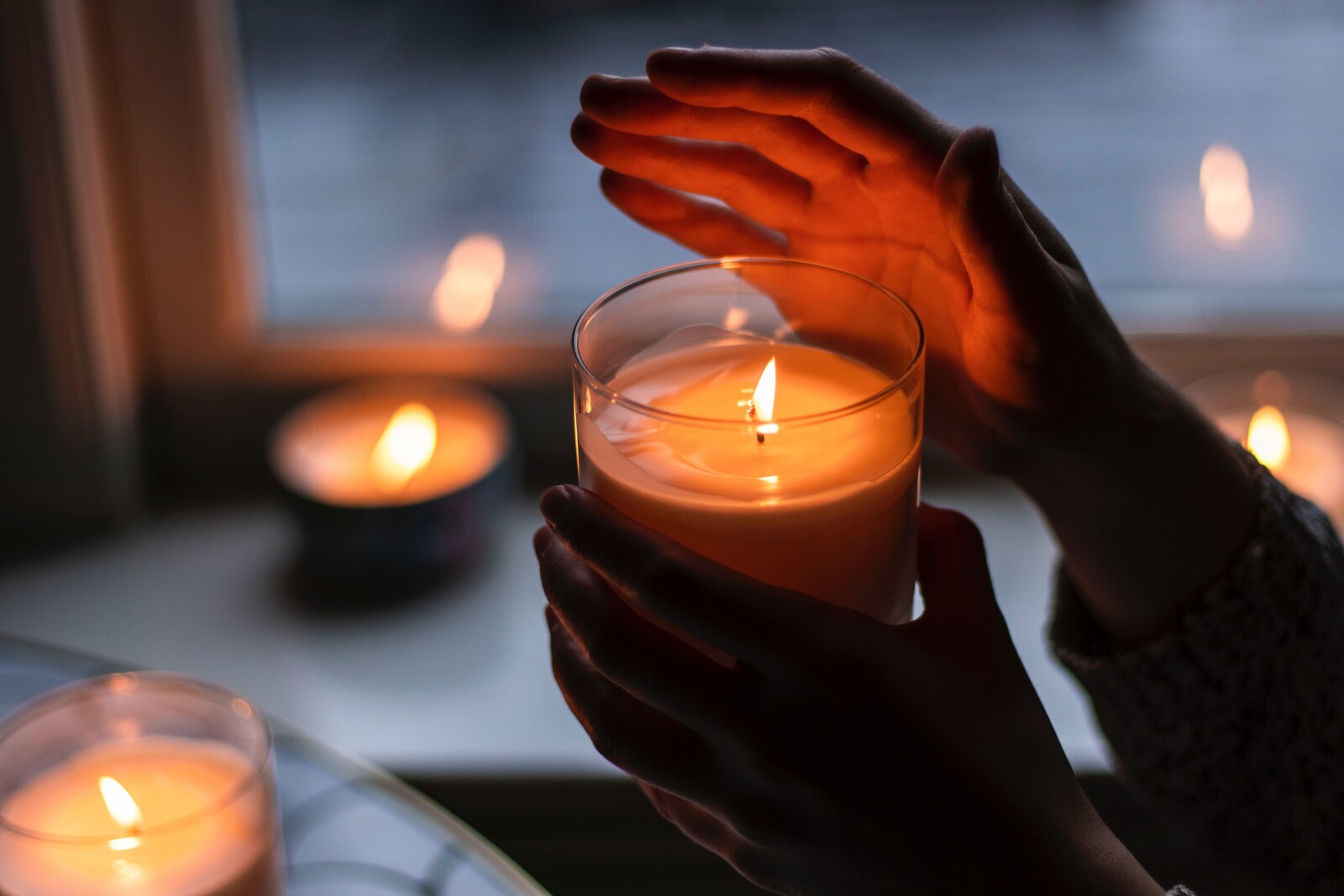
I used to love candles, particularly in the fall. I don’t know what it was, but something about the cooler temperatures made me want to set one out on the kitchen counter and light it up.
Friends, I no longer use scented candles, and I’m about to tell you why.
Read more...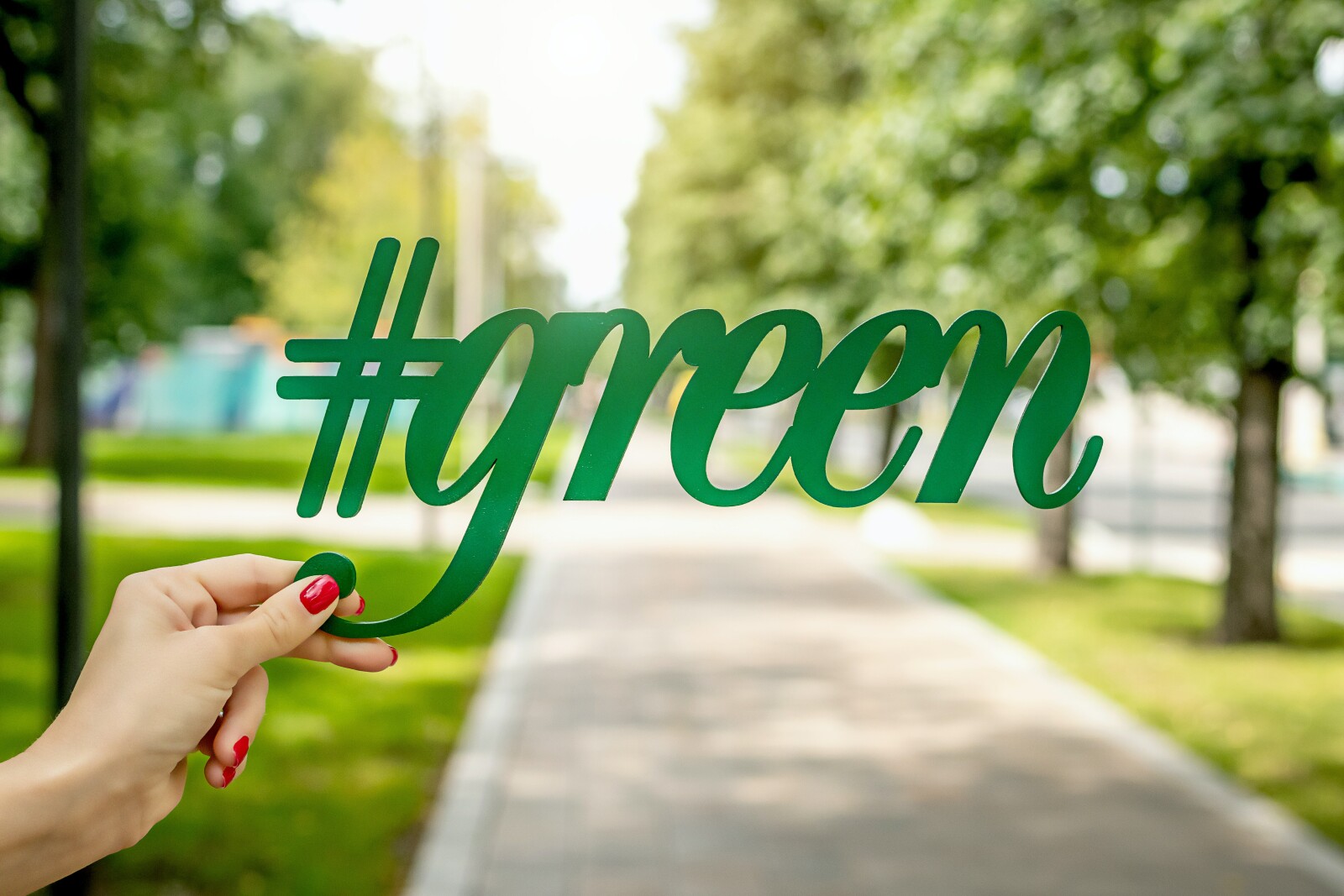
Most of us know what whitewashing is - trying to brush over unpleasant facts of a situation, particularly when it is political in nature. Greenwashing is whitewashing about environmental issues. It is a marketing practice conducted by companies to sway consumers into believing they or their product are more environmentally friendly than they actually are. In other words, the money spent on the advertising campaign is greater than the money spent on making the company or product environmentally friendly.
Why do companies do it? Well, consumers have moved more and more toward companies and products that have a lesser impact on the environment. This is a good thing. Because of this, companies are motivated to win customers over through making themselves environmentally friendly even if they’re not.
A specific example of this happened in 2018 with Starbucks. In an effort to appease the masses calling for an elimination of plastic straws, the company announced they were switching to a straw-less lid by 2020. Many environmental groups applauded their efforts. However, as it turns out, the straw-less lid contains more plastic than the old straw and lid combination. This is an example of packaging but what about what’s inside.
In the US, there are no regulations governing use of the terms “natural” or “nontoxic”. A company can claim that a product is natural even if it contains little to no natural ingredients and is, instead, primarily made of synthetic ingredients. The use of flowers or other “green” images are further attempts to convince the customer that the product is good for them.
What is the consumer to do?
- Do some digging on the ingredients in your products and the company that makes them.
- At the risk of becoming skeptical of all companies that make “green” claims, find companies that are living up to their marketing and practicing what they preach.
- Be on the lookout for small companies that are bought out by larger companies. When this happens, the ingredients in a natural product that was made by the smaller company are often changed to synthetic and undesirable ingredients in order to cut costs and increase profits. This has happened to me on more than one occasion.
- Lastly, just because a product is environmentally friendly one day doesn’t mean it will continue to be. Companies are known to change ingredients without warning. This has happened to me as well.
Bottom line, if you can find a company that you trust, buy as many products from them as possible. Check in on them from time to time by doing a quick internet search using their name and environment. See what comes up and then decide whether to stick with them or move on.
Interested in learning more about earth-friendly options? Join my free group here.
Get my free guide: 4 Ways Being Earth-Friendly Can Change Your Life for the Better HERE.
*As an Amazon Associate I earn from qualifying purchases.
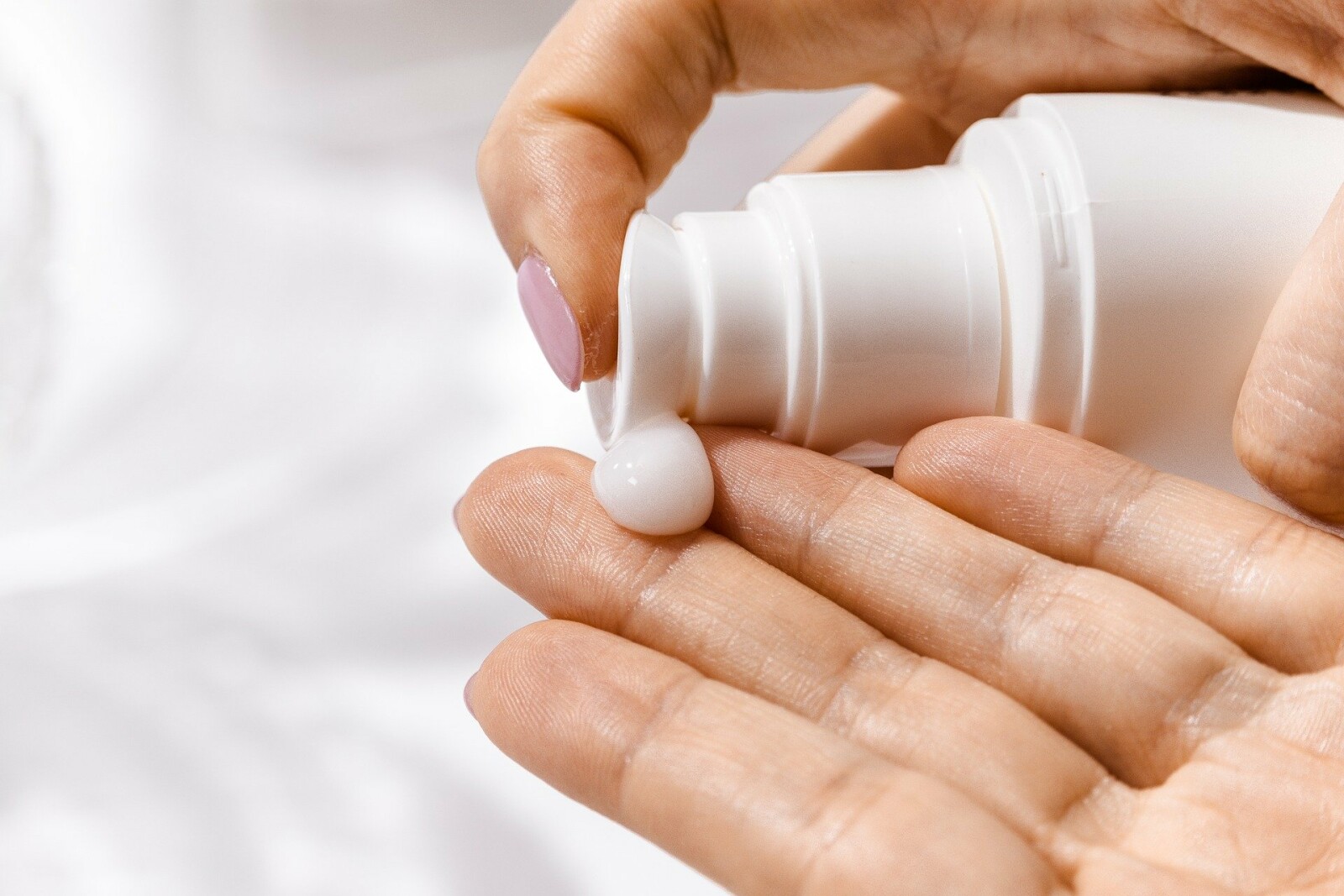
I love using hand and body lotion that smells good, but for years, lotion and I did not get along. The ingredients in pretty much any lotion I used would cause my hands to burn and hurt when I applied it, especially in the winter when I really needed it. It was a constant struggle between hands that hurt due to chapping and applying lotion to those hurting hands that made them hurt more. For the most part, I would grin and bear it one way or the other. Some lotions marketed as fragrance free or all natural still contained ingredients that made my skin crawl…literally.
Looking into what some of those ingredients are, revealed a list of some chemicals to avoid. These include:
- Parabens
- Pthalates
- Retinyl palmitate
- Triethanolamine
- Butylated Hydroxyanisole (BHA)
- DMDM hydantoin
- Fragrance/Parfum
- Petrolatum
Wow! That’s quite a list! I had to ask myself: Am I really going to have to carry around a list of ingredients to cross-check my hand lotion product every time I go to the store? Chances were slim, so I just needed to find a product I could trust that would be good for me and wouldn’t change over time.
My decision on a safe lotion to use came down to one that I knew would be natural – goat milk lotion. The downside to using this natural product is that I missed the smell. Along came essential oils. I played around and discovered that I could add essential oils to my unscented goat milk lotion to create my own custom scent. Now, I tend to rotate between Peace & Calming and Valor, two of my favorite blends. Rather than mix up a whole bottle’s worth, I put a few squirts in a travel jar and then add 2-3 drops of essential oil and mix with a toothpick or wooden modeling stick.
I’m not a big lotion user, so this little travel jar lasts me a couple of weeks to a month. Give it a try and let me know what you think.
Want to learn more? For 4 Ways Being Earth Friendly Can Change Your Life, click here.
Interested in learning more about earth-friendly options? Join my free group here.
*As an Amazon Associate I earn from qualifying purchases.
